Issue 003: Can Our Body's DMT Help us Find Something More?
$PSY token holders casting ballots on $107,000 question
“Are DMT Aliens Real? A Leading Scientist Says Yes,” screamed DoubleBlind. The story was on Dr. Andrew Gallimore, who believes DMT helps us connect with Something More, perhaps non-human intelligences. Amazonian curanderos, of course, have long said DMT helps them connect with the Spirits of Plants and Ancestors.
Oddly, DMT is in each one of us. We don’t fully understand: how does our body make DMT? How does it destroy it? Why? Could we control the level of our own DMT, dialing it up or down? What would that be like?
Well, some scientists and PsyDAO members want to know the answers. And they’re willing to plunk more than $100,000 from PsyDAO’s treasury into research.
A proposed study will look into Regulation of Endogenous DMT Biosynthesis, and it will be done by Dr. Andrew R. Gallimore, Prof. Carl H. Smith, and Dr. Chris McCurdy, at the University of Florida. This project is the first systematic effort to characterize the endogenous inhibitors believed to control DMT biosynthesis in the brain.
Will the funding go forward? Well, PsyDAO is controlled by its token holders, similar to how citizens vote in town elections. At this very moment, $PSY token holders are voting on a website called Snapshot about whether or not to power this research. You can vote if you hold the $PSY token, a token you can get here. Voting closes July 19.
Read an overview of PsyDAO and how our voting system works.
The question of DMT in the body may never yield clear answers. Perceptions of DMT Spirits or Aliens may be pure hallucination, solely created by our brains. (So says PsyDAO-funded researcher Zeus Tipado.) The DMT in our body could be unimportant—as superfluous as the appendix, as pointless as the belly button.
Yet—it’s possible that if we understood the DMT in the body, we could dial up or down the levels. Meaning—we could feel DMT’s effects without taking any drug. And what would happen then? Here’s the pitch to the PsyDAO community from Dr. Gallimore:
The Fungus of Youth
By Priti Amin, Neuroscientist and host of PsyDAO’s TikTok channel
Psychedelics may slow down aging at a cellular level, according to a study that’s taking the world by storm. It even has health fanatics like Bryan Johnson contemplating if they should add psychedelics to their already extensive health stack.
In this video below, I break down exactly what this study is showing. But the upshot is:
Rats that were 19 months old, which is roughly equivalent to 60 or 65 human years, were given either psilocin or a control. At roughly 28 months, the treated rats showed significantly greater survival rates at 80%, compared to the control group, where only 50% of the rats survived.
If we can protect ourselves from aging as quickly, it could significantly reduce age-related diseases, allowing us to not only live longer, but genuinely enjoy those later years.
I give more details at the end of this newsletter.
Are you going to be adding psilocybin to your longevity health stack? Let me know in the comments at the end of this newsletter.
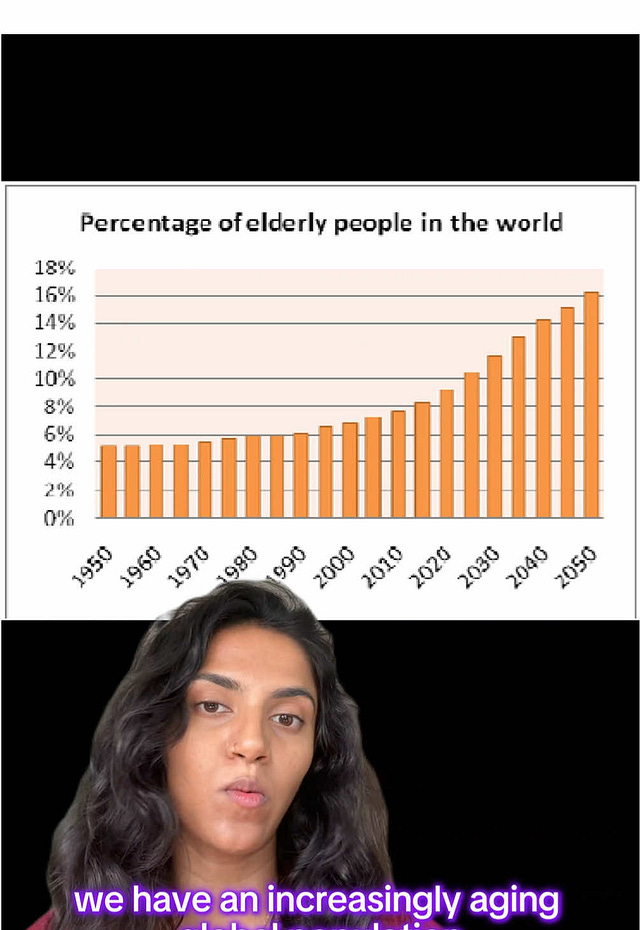
 Tiktok failed to load.
Tiktok failed to load.Enable 3rd party cookies or use another browser
We went to DeSci Berlin and Psychedelic Science Denver
We joined this year’s DeSci Berlin, (the largest to date), a conference held at the Molecule office on the Decentralized Science ecosystem during Berlin Blockchain week.
We held PSY-RL, a mixer for members, attendees of the conference and new people curious about what we’re doing. Art collective PsyEarth joined us to present their replica Harvester Bike—based on the bike Albert Hoffman rode on the original Bicycle Day. Money raised from the sale of The Harvester Bike goes to PsyDAO.
We had our Early Career Fellow Zeus Tipado give a presentation on his research on DMXE, a psychedelic dissociative that doesn’t feel quite like any drug available today.
In Denver, at the largest psychedelic conference in the world, we had a booth, and talked to hundreds of people, many of whom were hungry for a new way to do psychedelic science. We had them fill out surveys. Turns out, they were curious humans, researchers, crypto bros and technologists. They told us they came from all over the globe, from Anchorage to London. They said they were fans of 2C-B, mushies and DMT. They volunteered to review proposals, join working groups, and buy tokens. They told us what piques their interest–AI, DeSci, or “weird stuff”–and where they’d like PsyDAO to go.
After all–we’re a community-led organization with regular people at the core.

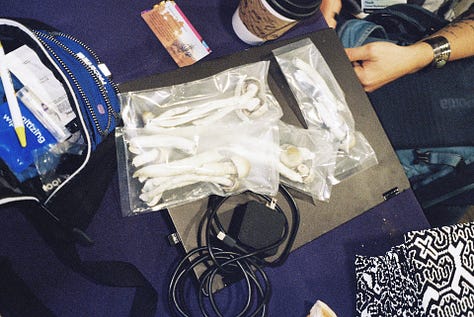
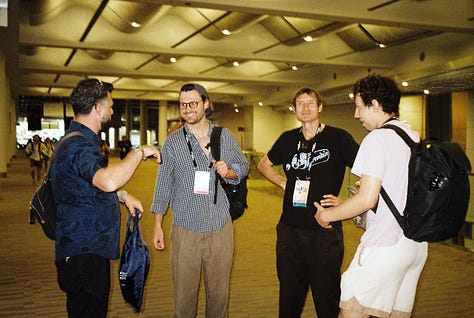
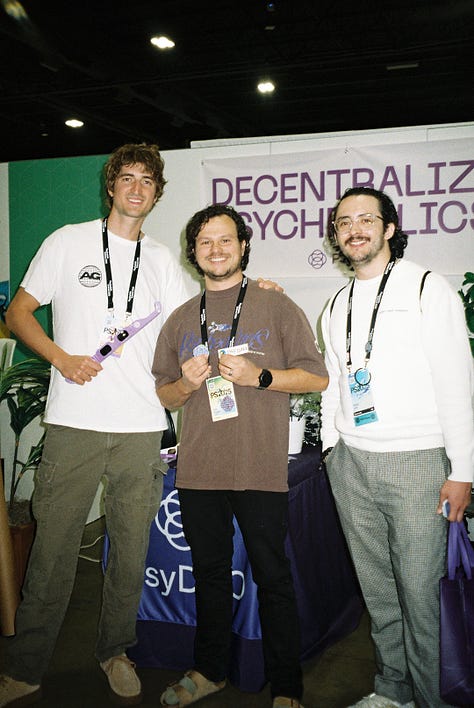
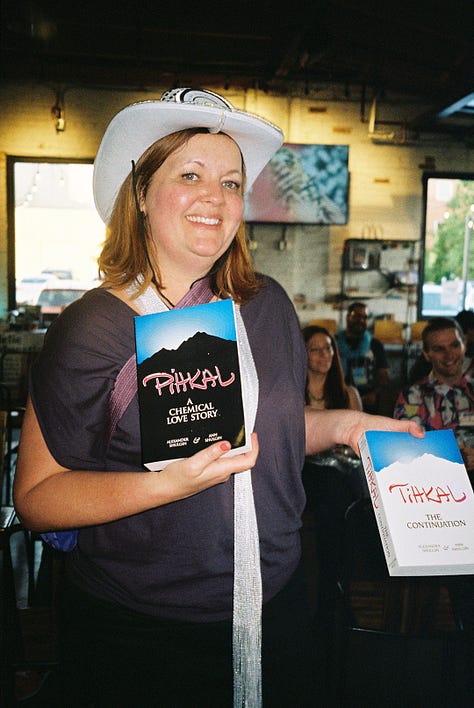



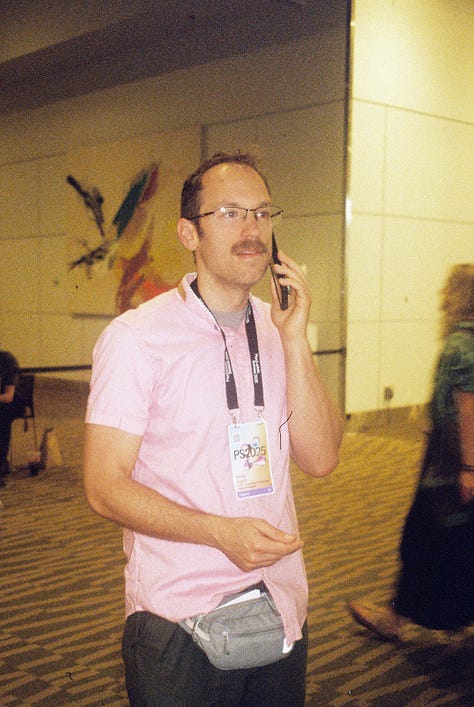
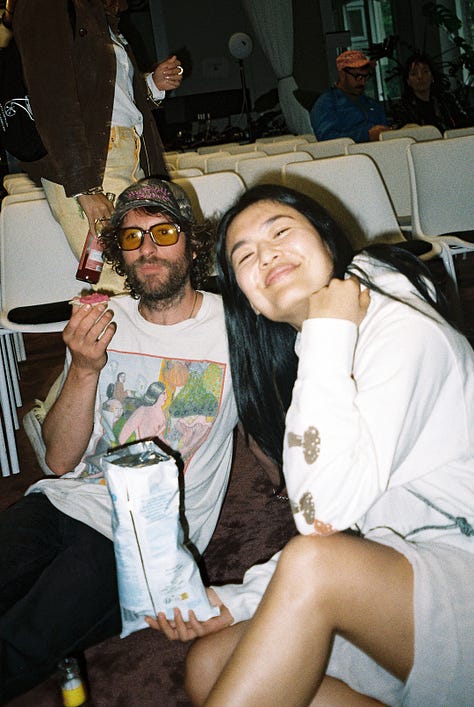
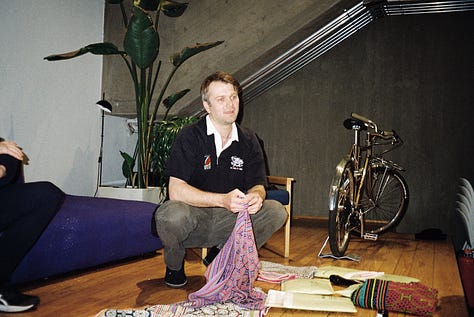
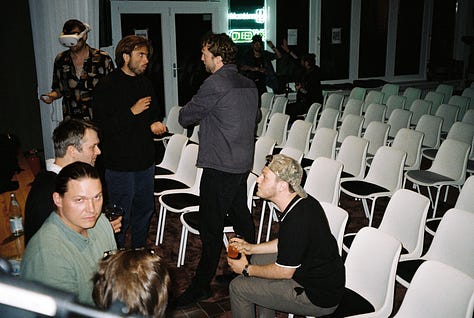
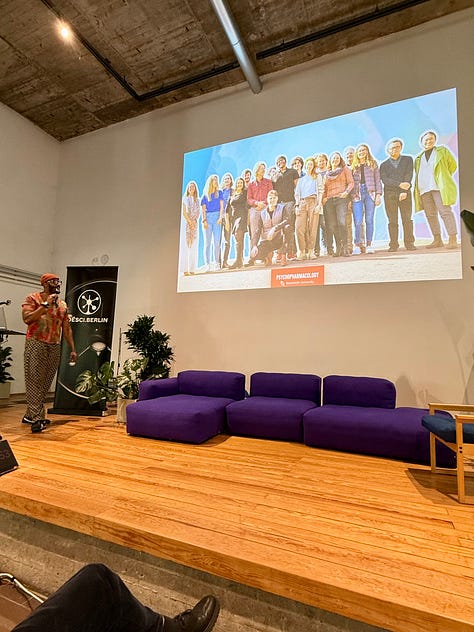
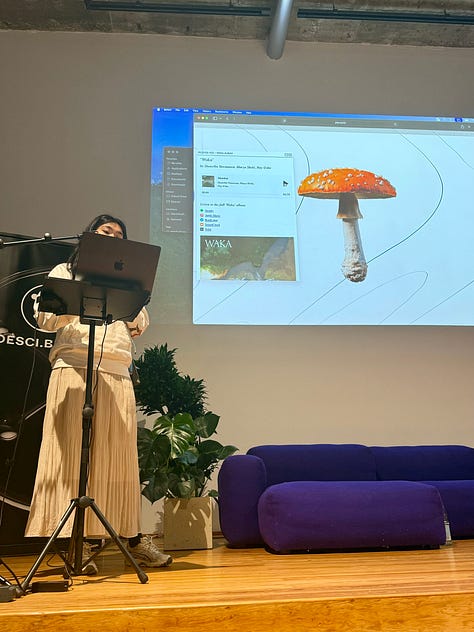
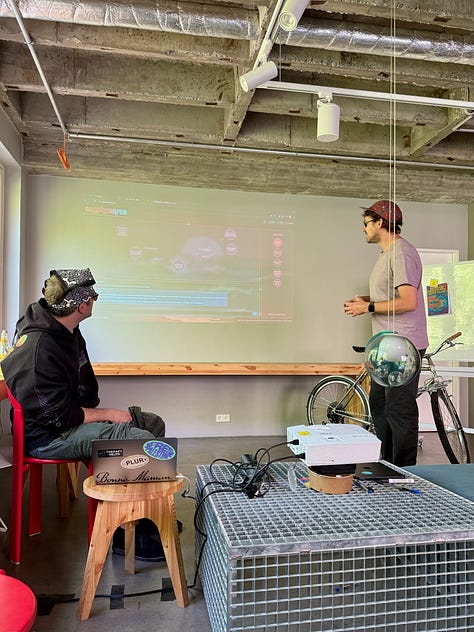
We Went on the DeSci Pilled Podcast
What’s Exciting about PsyDAO
We learned at the Psychedelic Science conference–we’re a necessary experiment.
The thing about this year’s Psychedelic Science conference was that it was both wider and, at the same time, more narrow than the last conferences, in 2023 and 2017. There were more official, be-suited people there–the governors of Colorado and Texas, officials from the APA, and executives from psychedelic companies looking to help suffering people by going through the FDA process.
Less represented were the types of people who brought psychedelics to the world stage in the first place. A smaller percentage of artists, dreamers, musicians, and fringe-y types. Perhaps it was the $700 price tag for a ticket. Maybe it was because Psychedelic Science has never felt so corporate and regimented.
Well … PsyDAO is an open call for anyone to participate in psychedelic science, but especially those who wish to broaden the horizons of the future of psychedelics.
After all, PsyDAO is undertaking more and weirder projects than organizations ten times our size, and we’re attracting a wide and wild crowd. We are already:
Funding a multi-agent AI system to uncover the best opportunities in psychedelic science, and graphing out its findings.
Funding a cafe in the Amazon where Shipibo people can serve their botanicals, and an online store where they can license and sell their art.
Funding development of a novel psychedelic dissociative, DMXE.
Soon, we’ll vote on whether to fund:
Development of next-generation empathogens.
Scanning the brains of psilocybin users.
Tune In
Our friend, Kaitlin Davies curated these songs to jam to while tripping.
Full playlist on Soundcloud or Spotify
… And Now, More on that Mushroom Aging Study
Let's break down exactly what the mushroom aging study is showing.
When scientists are measuring age in humans, one of the ways they do this is through measuring telomeres- what are these?
Each cell has a nucleus and inside is DNA- the genetic blueprint 🧬
In order for our cells to carry these incredibly long pieces of DNA in a compact way, they twine around to create an X shape, also known as a chromosome
At the very end of these chromosomes are little caps of repeated sequences of protein which act as buffers
Each time a cell divides, all of the DNA inside the nucleus needs to replicate. This process is carried out by an enzyme (DNA polymerase), which is prone to making mistakes in replications, especially towards the end of a DNA sequence
So the telomeres very cleverly act as little buffers that protect the rest of the DNA from being wrongly coded
But this also means that telomeres tend to get shorter with each cell division
When these telomeres are too short, the cell goes through cell death
Scientists use telomeres to act like a measurement of the biological clock, indicating cellular lifespan and overall aging.
Short telomeres are associated with an increased risk of age-related diseases
But studies have shown things like exercise and meditation can help preserve telomere length.
How does psilocin slow down aging? “The underlying molecular mechanisms remain enigmatic,” say the authors. They go on:
“We demonstrate that psilocin increased SIRT1 expression in cells, suggesting a potential mechanism by which psilocybin delays senescence and promotes longevity. This study provides the first experimental evidence suggesting that psilocybin may impact multiple hallmarks of aging, including delayed senescence, preservation of telomere length, enhanced DNA stability (via increased DNA-damage responses such as GADD45a), and/or it could reduce aberrant intercellular communication (via decreased oxidative stress and subsequent signaling).
“However, regulatory barriers imposed by its schedule I designation along with the limited availability of federal funding for psilocybin research remain significant obstacles that have hindered research progress22,23; thus, the mechanisms underlying its potential therapeutic benefits remain poorly understood.”




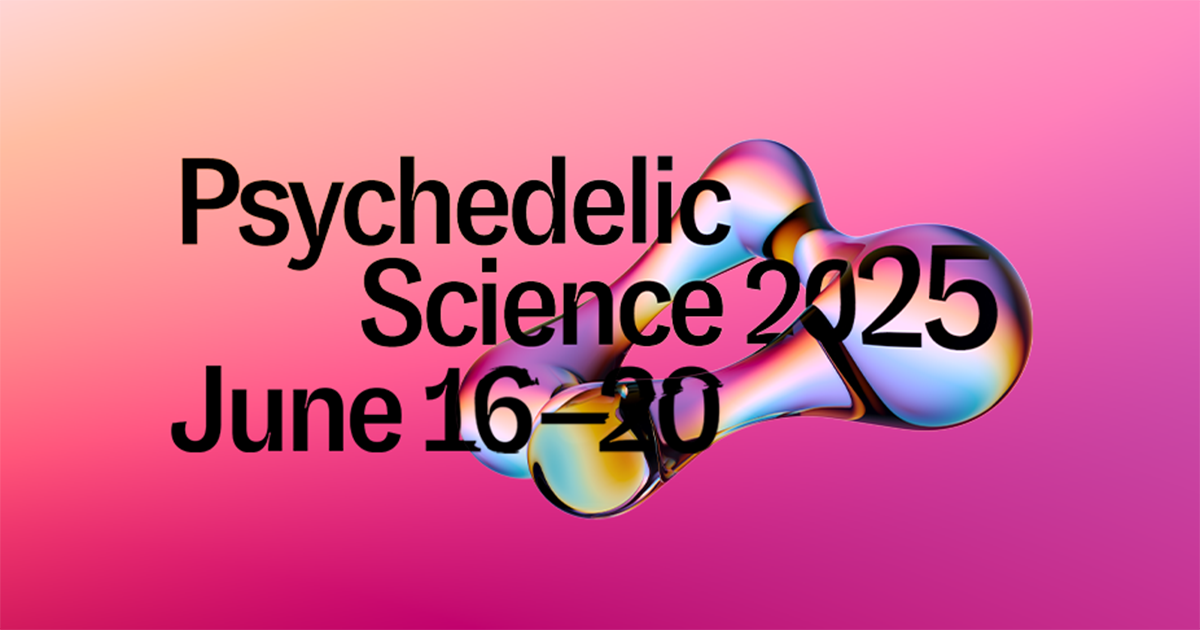



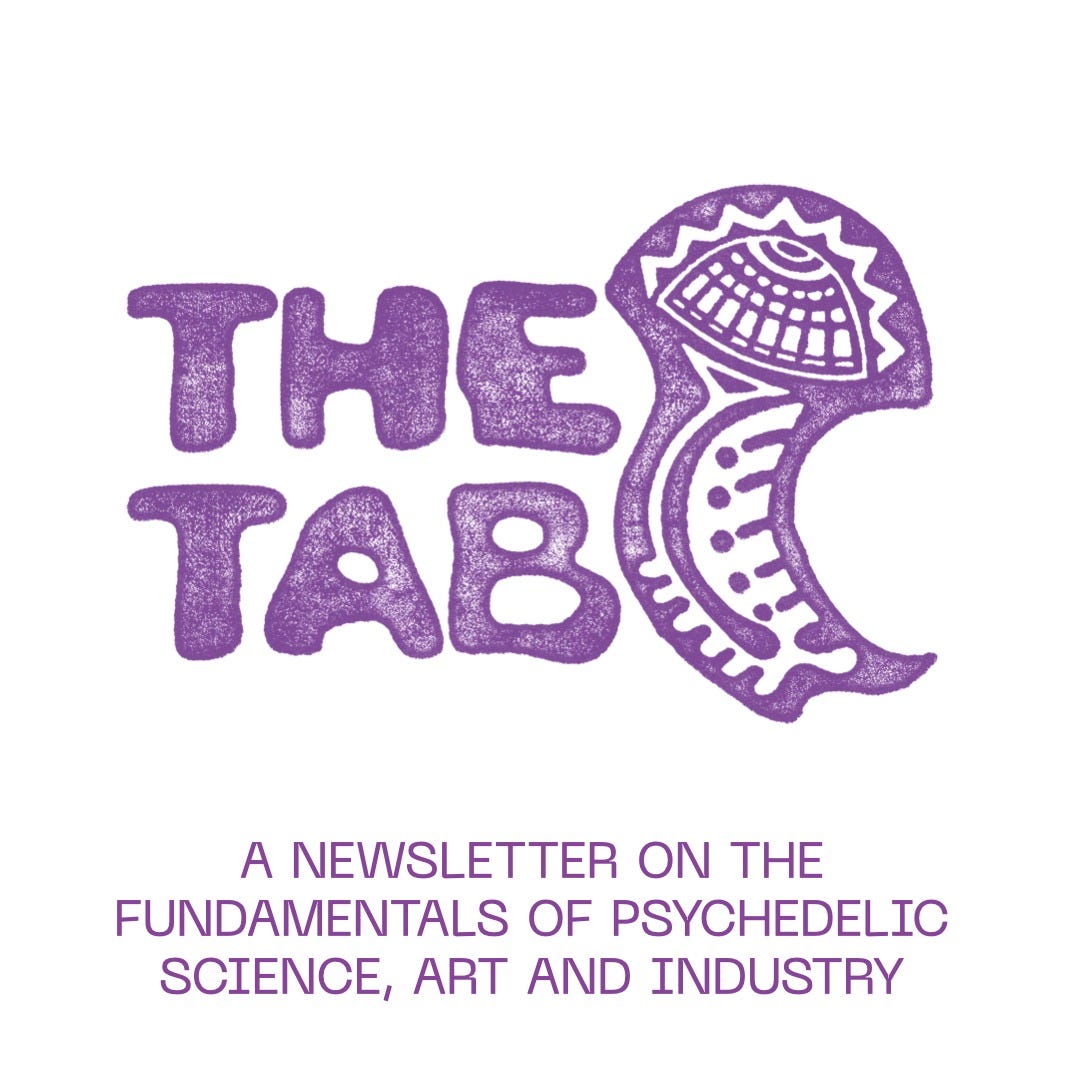
https://open.substack.com/pub/jasoncharlesgiger/p/dissolving-the-divide?r=33jyrz&utm_medium=ios